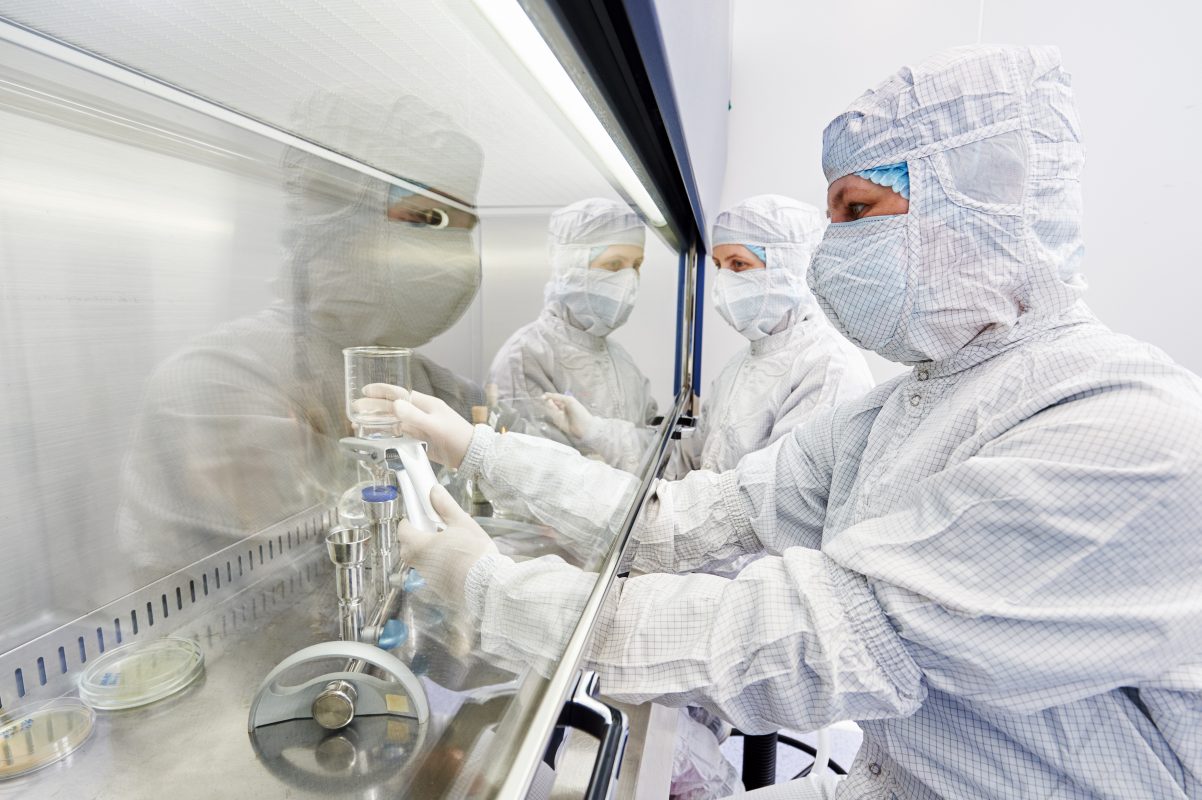Table 1: Maximum permitted total particle concentration for classification
| Grade |
Maximum limits for total particle
≥ 0.5 μm/m3 |
Maximum limits for total particle
≥ 5 μm/m3 |
| at rest |
in operation |
at rest |
in operation |
| A |
3 520 |
3 520 |
Not specified (a) |
Not specified (a) |
| B |
3 520 |
352 000 |
Not specified (a) |
2 930 |
| C |
352 000 |
3 520 000 |
2 930 |
29 300 |
| D |
3 520 000 |
Not predetermined (b) |
29 300 |
Not predetermined (b) |
(a) Classification including 5μm particles may be considered where indicated by the CCS or historical trends.
(b) For grade D, in operation limits are not predetermined. The manufacturer should establish in operation limits based on a risk assessment and routine data where applicable.
Table 2: Maximum permitted microbial contamination level during qualification
| Grade |
Air sample
CFU/m3 |
Settle plates
(diameter 90 mm)
CFU/4 hours (a)
|
Contact plates
(diameter 55 mm)
CFU/plate |
| A |
No growth |
| B |
10 |
5 |
5 |
| C |
100 |
50 |
25 |
| D |
200 |
100 |
50 |
(a) Settle plates should be exposed for the duration of operations and changed as required after a maximum of 4 hours. Exposure time should be based on recovery studies and should not allow desiccation of the media used.
Note 1: All methods indicated for a specific grade in the table should be used for qualifying the area of that specific grade. If one of the methods tabulated is not used, or alternative methods are used, the approach taken should be appropriately justified.
Note 2: Limits are applied using CFU throughout the document. If different or new technologies are used that present results in a manner different from CFU, the manufacturer should scientifically justify the limits applied and where possible correlate them to CFU.
Note 3: For the qualification of personnel gowning, the limits given for contact plates and glove prints in Table 6 should apply.
Note 4: Sampling methods should not pose a risk of contamination to the manufacturing operations.
Table 5: Maximum permitted total particle concentration for monitoring
| Grade |
Maximum limits for total particle
≥ 0.5 μm/m3 |
Maximum limits for total particle
≥ 5 μm/m3 |
| at rest |
in operation |
at rest |
in operation |
| A |
3 520 |
3 520 |
29 |
29 |
| B |
3 520 |
352 000 |
29 |
2 930 |
| C |
352 000 |
3 520 000 |
2 930 |
29 300 |
| D |
3 520 000 |
Not predetermined (a) |
29 300 |
Not predetermined (a) |
(a) For grade D, in operation limits are not predetermined. The manufacturer should establish in operation limits based on a risk assessment and on routine data, where applicable.
Note 1: The particle limits given in the table for the “at rest” state should be achieved after a short “clean up” period defined during qualification (guidance value of less than 20 minutes) in an unmanned state, after the completion of operations (see paragraph 4.29).
Note 2: The occasional indication of macro particle counts, especially ≥ 5 μm, within grade A may be considered to be false counts due to electronic noise, stray light, coincidence loss etc. However, consecutive or regular counting of low levels may be indicative of a possible contamination event and should be investigated. Such events may indicate early failure of the room air supply filtration system, equipment failure, or may also be diagnostic of poor practices during machine set-up and routine operation.
Table 6: Maximum action limits for viable particle contamination
| Grade |
Air sample
CFU /m3 |
Settle plates
(diam.90mm)
CFU / 4hours(a) |
Contact plates
(diam.55mm),
CFU / plate(b) |
Glove print,
Including 5 fingers
on both hands
CFU / glove |
| A |
No growth(c) |
| B |
10 |
5 |
5 |
5 |
| C |
100 |
50 |
25 |
– |
| D |
200 |
100 |
50 |
– |
(a) – Settle plates should be exposed in grade A and B areas for the duration of operations (including equipment set-up) and changed as required after a maximum of 4 hours (exposure time should be based on validation including recovery studies and it should not have any negative effect on the suitability of the media used).
– For grade C and D areas, exposure time (with a maximum of 4 hours) and frequency should be based on QRM.
– Individual settle plates may be exposed for less than 4 hours.
(b) Contact plate limits apply to equipment, room and gown surfaces within the grade A and grade B areas. Routine gown monitoring is not normally required for grade C and D areas, depending on their function.
(c) It should be noted that for grade A, any growth should result in an investigation.
Note 1: It should be noted that the types of monitoring methods listed in the table above are examples and other methods can be used provided they meet the intent of providing information across the whole of the critical process where product may be contaminated (e.g. aseptic line set-up, aseptic processing, filling and lyophilizer loading).
Note 2: Limits are applied using CFU throughout the document. If different or new technologies are used that present results in a manner different from CFU, the manufacturer should scientifically justify the limits applied and where possible correlate them to CFU.


